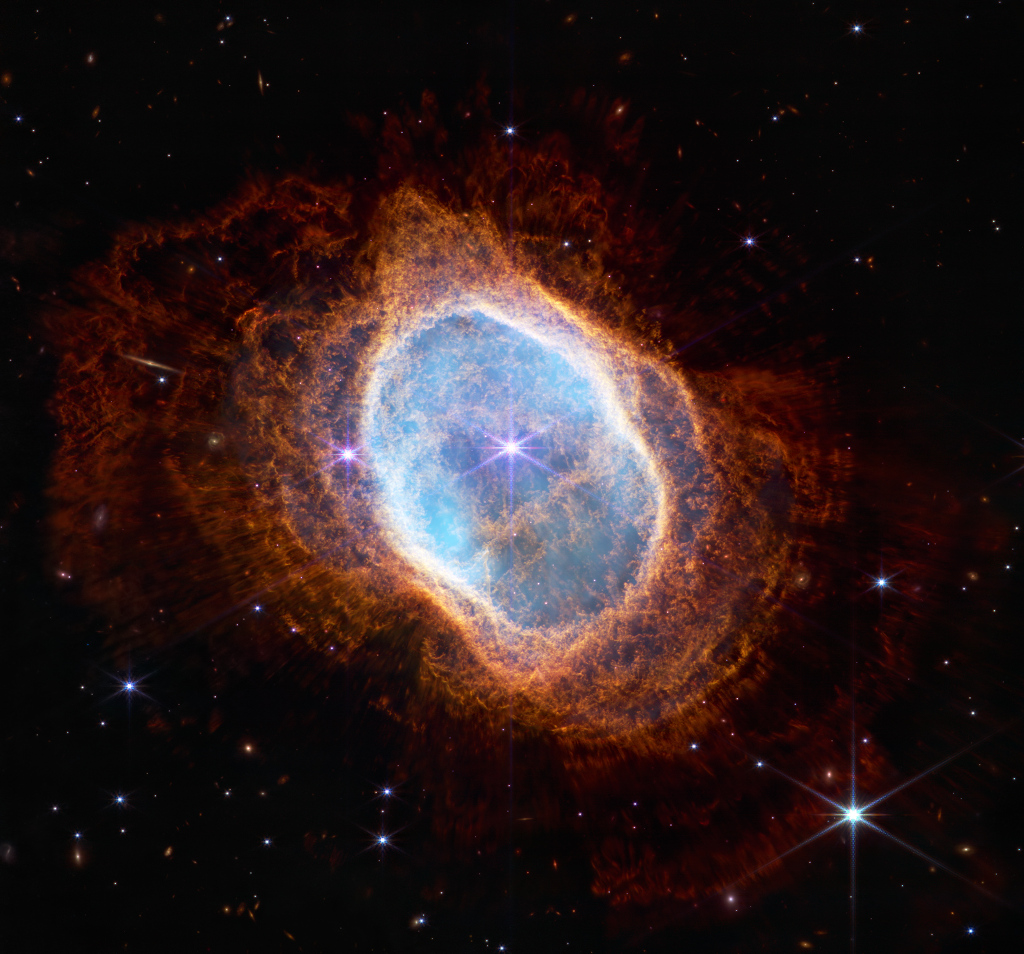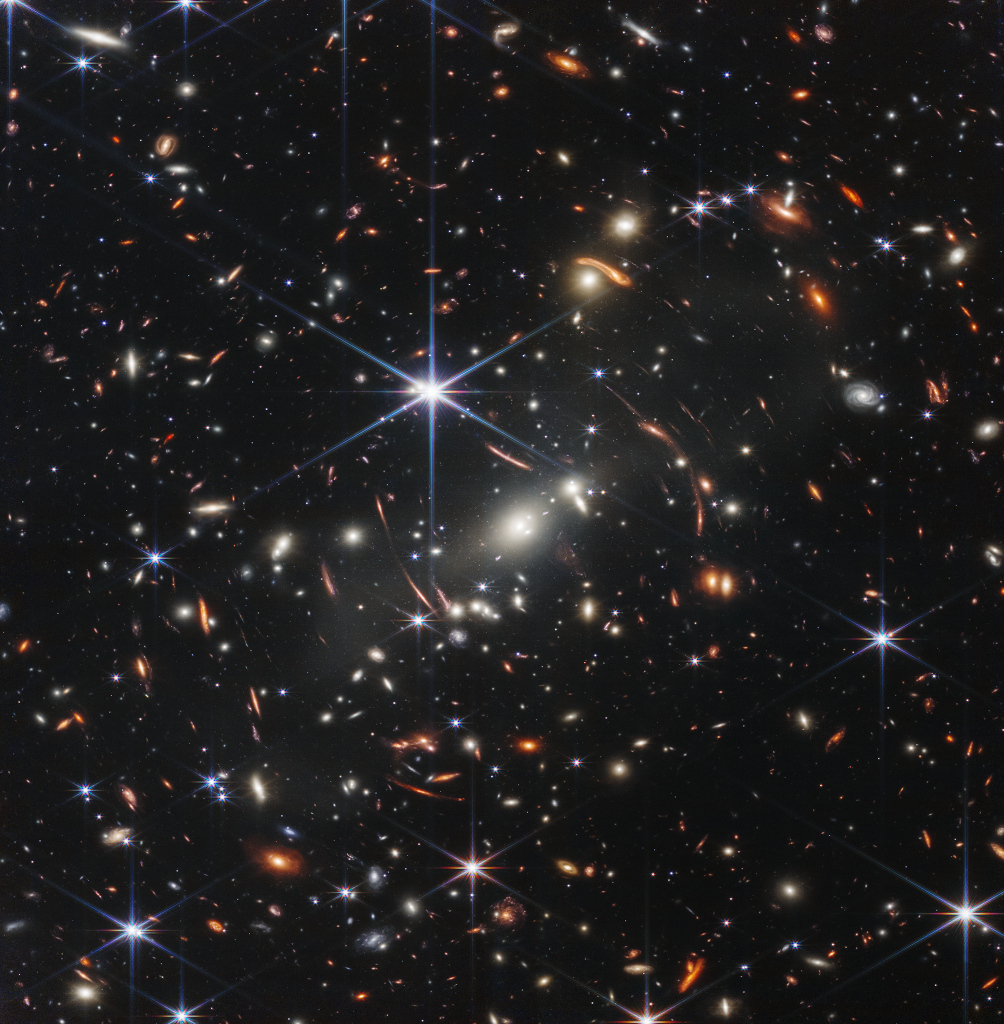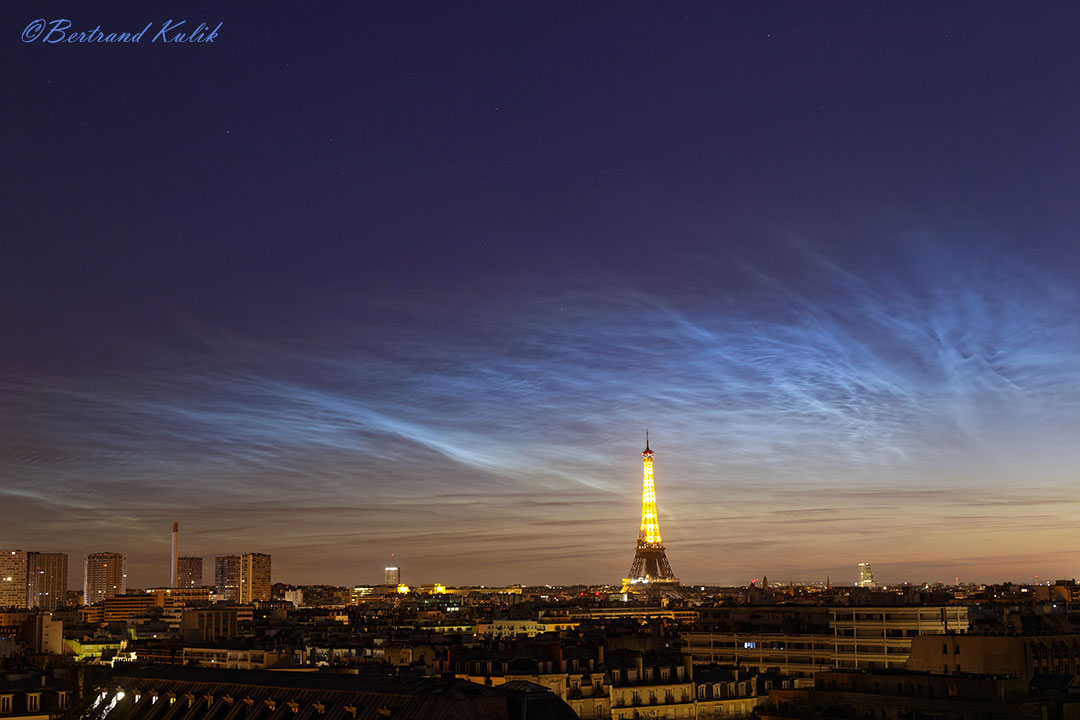
Webb s Southern Ring Nebula


President Joe Biden announced Wednesday he has appointed NASA Administrator Bill Nelson as one of four new members of the Cancer Cabinet, part of the President’s Cancer Moonshot.
from NASA https://ift.tt/1d9IjvZ
via IFTTT
For the 10th consecutive year, the Partnership for Public Service has ranked NASA the Best Place to Work in the Federal Government among large agencies.
from NASA https://ift.tt/Yr9nuFm
via IFTTT


El amanecer de una nueva era en la astronomía ha comenzado mientras el mundo ve por primera vez las capacidades completas del telescopio espacial James Webb de la NASA, en asociación con la Agencia Espacial Europea (ESA, por sus siglas en inglés) y la Agencia Espacial Canadiense (CSA, por sus siglas en inglés).
from NASA https://ift.tt/4sYJNhV
via IFTTT
The dawn of a new era in astronomy has begun as the world gets its first look at the full capabilities of NASA’s James Webb Space Telescope, a partnership with ESA (European Space Agency) and CSA (Canadian Space Agency).
from NASA https://ift.tt/e4ObSE1
via IFTTT


El presidente Joe Biden hizo pública el lunes la primera imagen a todo color del telescopio espacial James Webb de la NASA, durante un acto público en la Casa Blanca en Washington.
from NASA https://ift.tt/SXzkKEY
via IFTTT